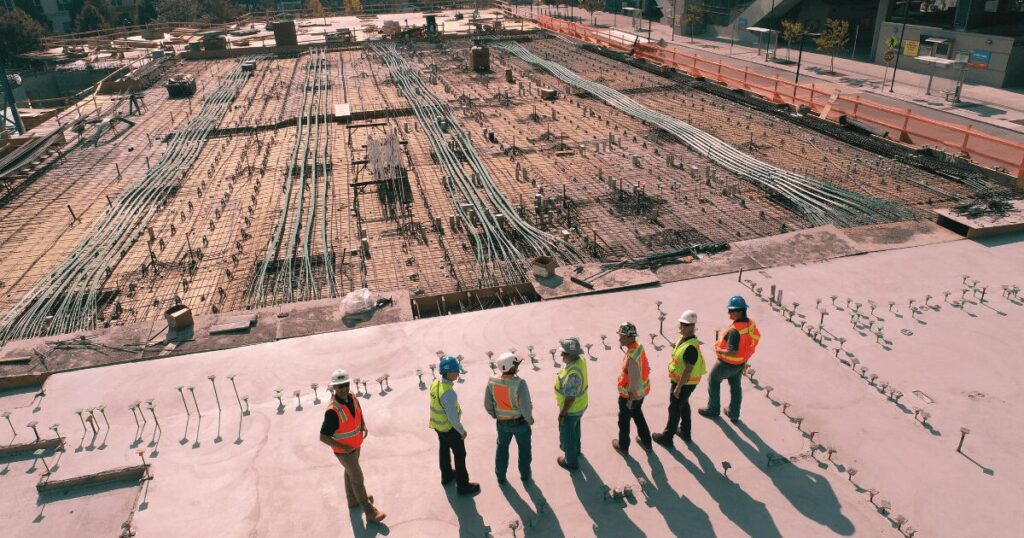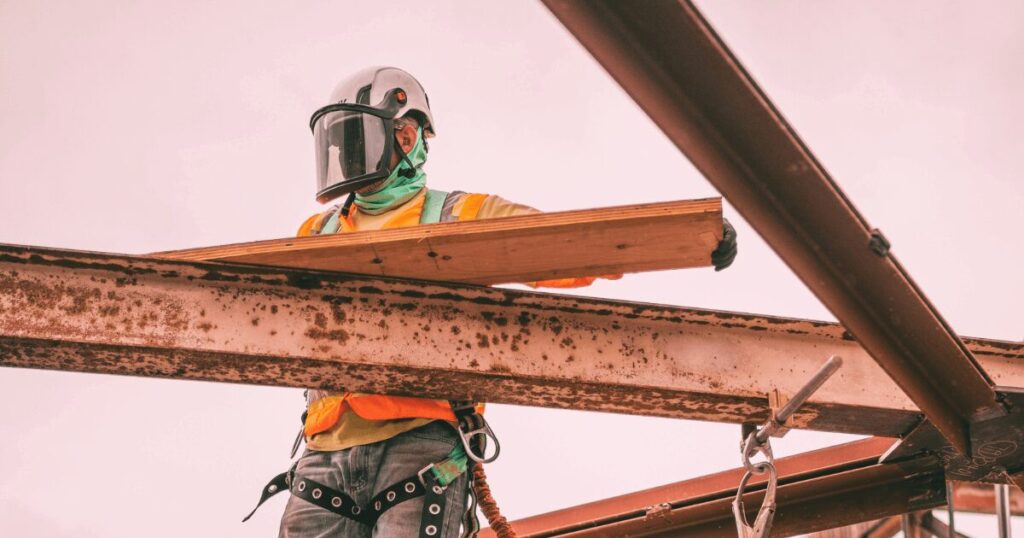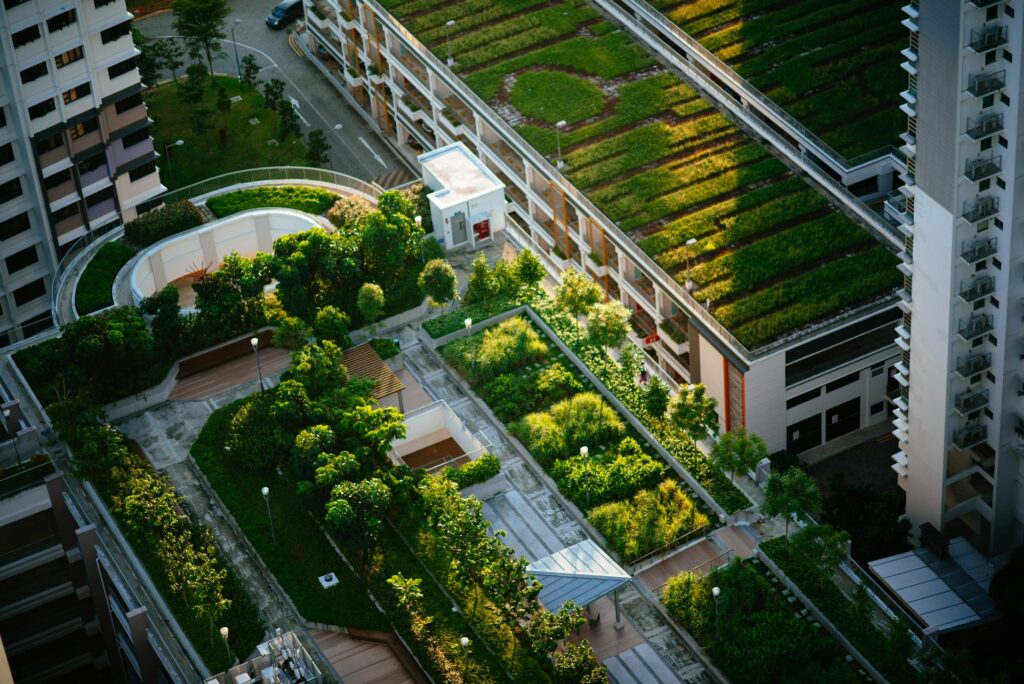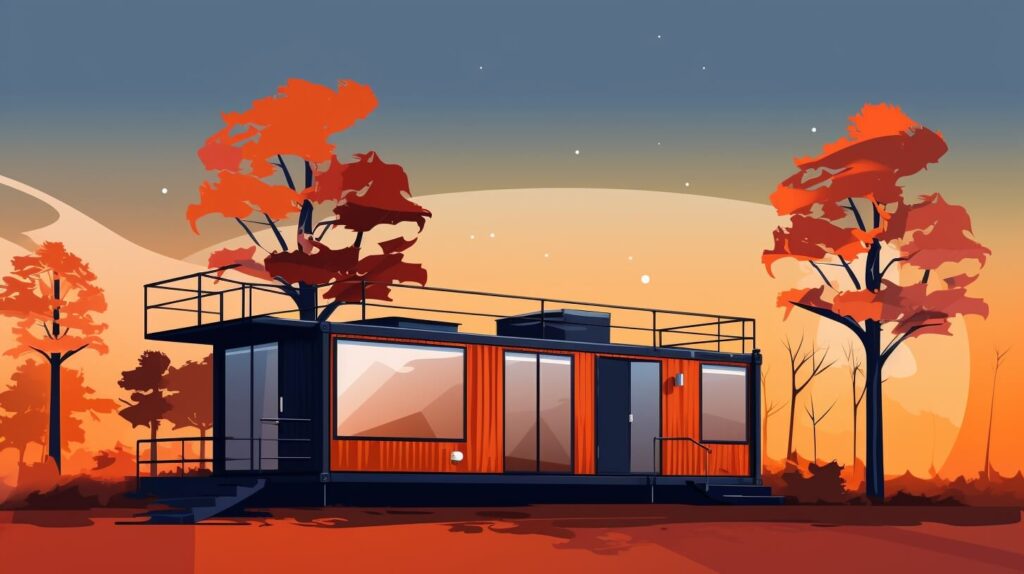Why Embrace Deconstruction? Sustainability and Waste Management in Building Better

We are reader-supported. When you buy through links on our site, we may earn an affiliate commission.
The opportunities to make the construction industry sustainable are abundant. From the early phases of building to design and decommission, individuals and organizations can inject sustainability into every stage of the process to mitigate climate change. Delve into the benefits of deconstruction waste management and learn why it’s a better option than demolition.
Linear Construction Depletes Virgin Resources
The construction industry used to have a linear deconstruction process before sustainability became mainstream and a lifestyle for many. The convention was to extract virgin materials, build structures and, by the end of their life, demolish them and discard the waste in landfills. It hurt the environment and compromised the health of people living near waste management sites — often without them knowing it.
According to the EPA, the construction and demolition sector generated roughly 600 million tons of debris in a year, more than two times the amount of municipal solid waste. These scraps contribute to the perpetual problem of climate change. With some strategies, used bricks, concrete, steel, wood products and asphalt shingles could have a second life.

Merits of Sustainable Building Deconstruction Methods
Deconstruction is a growing trend in the construction industry. Environmentalists started it to minimize waste and its impact on the planet, society and human health.
Carefully dismantling structures enables professionals to recover and recycle some of the valuable materials. They do this by selective demolition to preserve the integrity of materials or by hand and mechanical deconstruction to separate and extract those that can be reused or recycled. This process has three main benefits.
1. Good for the Environment
The most obvious upside of this sustainable move is it promotes a circular economy and, by extension, reduces carbon emissions. Aluminum and steel are commonly used structural elements that contribute 20% of this pollution.
Finding ways to reuse materials helps address some aspects of the climate crisis. Normally, when you remodel a kitchen, bathroom or entire living space, over 75% of the materials are still reusable.
2. Creates Jobs
One of the best benefits of deconstruction is employing thousands of Americans who need to earn a living. A Recycling Economic Information Report found that the recycling and reusing sector contributed 681,000 jobs and $37.8 billion in wages. Every 1,000 tons of recycled materials created 1.17 jobs for the unemployed and individuals who rely on the fruits of deconstruction. Dismantling demands skilled workers at selective demolition, and some may build a long-term career out of it.
3. Financial Savings
Deconstruction converts into financial benefits in the form of tax savings. Donating old building materials to a qualified nonprofit organization instead of disposing of them will make you eligible for a tax deduction, depending on their appraised value. It can help offset the cost of hiring contractors.

Driving Sustainable Change in the Industry
Deconstruction supports sustainability by diverting much of the original structure from ending in landfills. It curves the industry to sustainable fashion in these ways:
- Conserving raw resources: Reusing old materials in subsequent construction projects can preserve virgin supplies and extend their life span.
- Mitigating resource extraction: This reduces the demand for extracting new and raw materials from the Earth, minimizing the environmental impact of every building project.
- Saving energy: Recycling requires converting old materials into something new to make them usable. This conversion process is done in facilities with electricity-assisted equipment. Deconstruction allows you to rehash salvaged materials in their original form without extra expenditure.
The construction industry incorporates green methods in many stages, from creating structures to designing the interior to decommissioning a building, to drive ecological change.
Deconstruction in Action
What would have been 100% waste from a home built in 1910 in Riley Park, Vancouver, was saved through sustainable deconstruction methods. Only 16% was disposed of — 84% was saved from going to landfills.
Here’s what was reused and recycled:
- All interior doors, casings, baseboards, trims and appliances
- 85% of flooring
- 22% of lumber was reused and 74% was recycled
The homeowner received a $22,600 tax credit for donating salvaged materials. The entire cost of deconstruction was $34,800, which means they only paid $12,200 for the contractors.
Apply deconstruction in your home remodeling projects. When upgrading your roof 25 to 30 years later, use green and quality materials to protect it from harsh weather. Separate waste you can reuse or recycle. Deconstruction is a strategic approach to make demolition sustainable.

Barriers to Deconstruction Adoption
While the benefits of deconstruction are endless, it comes with challenges. What stops others from implementing it?
1. Higher Perceived Upfront Costs
Deconstruction requires more hands-on labor than conventional demolition. The process is also more lengthy than tearing everything down in a single go.
Companies charge a higher upfront cost, discouraging many from choosing this option. However, tax credits for donated materials can significantly lower labor expenses.
2. Permit Requirements
The documents you must secure for deconstructing a building differ from what’s needed for demolition. For example, when tearing down a home built after 1950 in Vancouver, you only need a building or development permit to start work.
If you deconstruct a home built before 1910, you’ll have several documents to prepare and submit, including salvage, abatement and demolition permits. You’ll also need hazardous material, recycling and reuse compliance reports.
3. Lack of Awareness
A more obvious barrier is the lack of awareness and understanding about the upsides of deconstruction. Many are still unfamiliar with it or its positive environmental impact, resulting in few people practicing it.

Innovating the Building Cycle with Deconstruction Waste Management
The impact of climate change is vital to consider going forward. A great way for the construction industry to make a difference is by focusing on making the building cycle more environmentally friendly. Sustainable deconstruction methods can transform a linear process into a circular one, save raw resources on the verge of depletion, reduce emissions and give old materials like steel a second life. Consider deconstruction waste management as an option for your home renovation projects.







